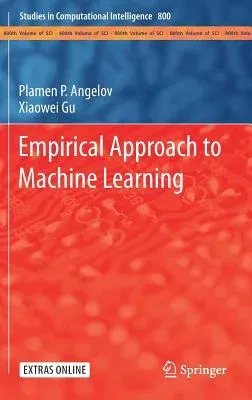This book provides a 'one-stop source' for all readers who are
interested in a new, empirical approach to machine learning that, unlike
traditional methods, successfully addresses the demands of today's
data-driven world. After an introduction to the fundamentals, the book
discusses in depth anomaly detection, data partitioning and clustering,
as well as classification and predictors. It describes classifiers of
zero and first order, and the new, highly efficient and transparent deep
rule-based classifiers, particularly highlighting their applications to
image processing. Local optimality and stability conditions for the
methods presented are formally derived and stated, while the software is
also provided as supplemental, open-source material. The book will
greatly benefit postgraduate students, researchers and practitioners
dealing with advanced data processing, applied mathematicians, software
developers of agent-oriented systems, and developers of embedded and
real-time systems. It can also be used as a textbook for postgraduate
coursework; for this purpose, a standalone set of lecture notes and
corresponding lab session notes are available on the same website as the
code.
Dimitar Filev, Henry Ford Technical Fellow, Ford Motor Company,
USA, and Member of the National Academy of Engineering, USA: "The book
Empirical Approach to Machine Learning opens new horizons to automated
and efficient data processing."
*
Paul J. Werbos, Inventor of the back-propagation method, USA: "I owe
great thanks to Professor Plamen Angelov for making this important
material available to the community just as I see great practical needs
for it, in the new area of making real sense of high-speed data from the
brain."* *
Chin-Teng Lin, Distinguished Professor at University of Technology
Sydney, Australia: "This new book will set up a milestone for the modern
intelligent systems."
Edward Tunstel, President of IEEE Systems, Man, Cybernetics Society,
USA: "Empirical Approach to Machine Learning provides an insightful and
visionary boost of progress in the evolution of computational learning
capabilities yielding interpretable and transparent implementations."*

